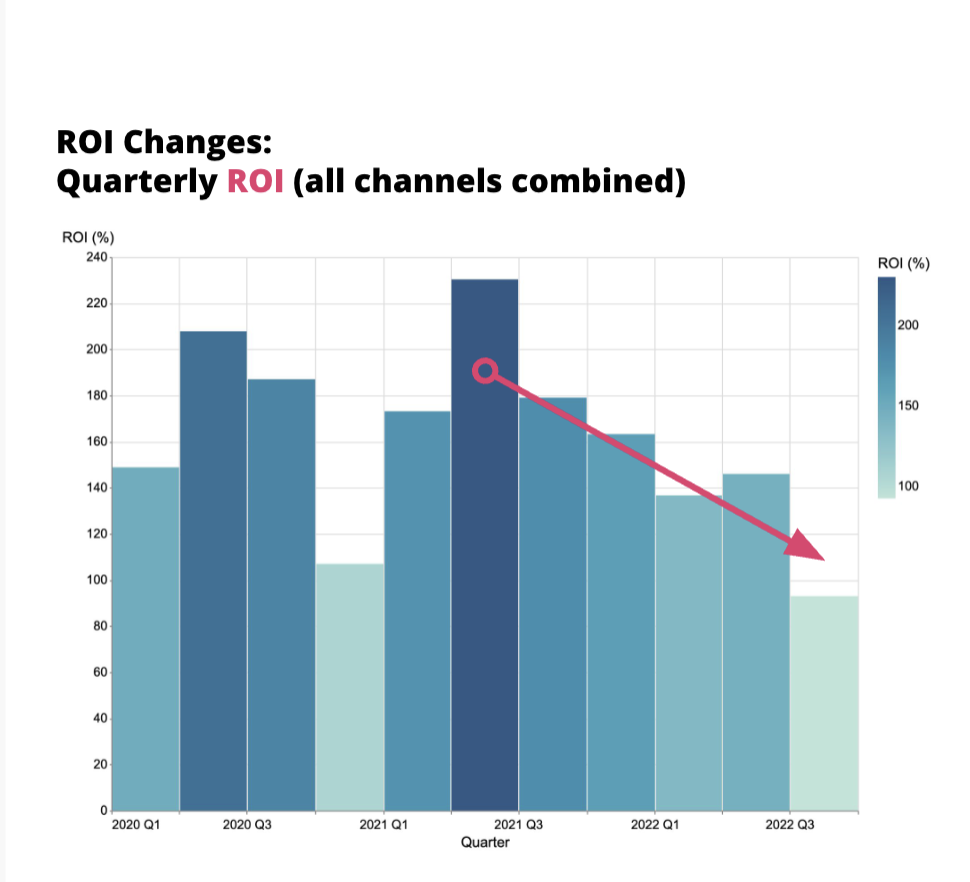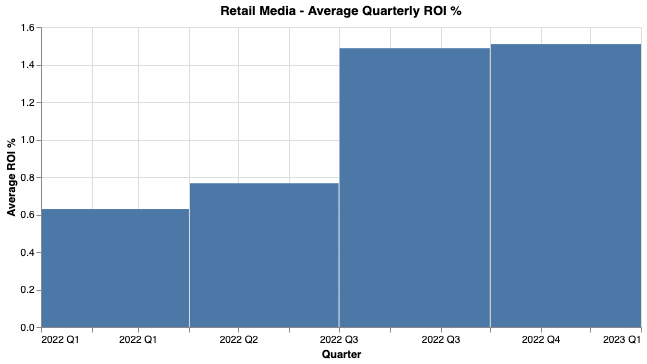By Will Marks, Director of Marketing Science
In just a few months we’ll be marking the official end to the 2023-24 financial year, it’s a time of reckoning for many marketers who are closing off budget cycles, but also a time of opportunity – how to make the most of the calendar year as we move our tactical focus on the Christmas period?
At the start of 2023, we predicted that the year was likely to be tough for marketers. And that’s how it’s played out into 2024. With inflation stubbornly hovering above target and interest rates still high (and steady) household budgets are being squeezed and marketers are being asked to tighten their belts. But we also gave a piece of advice: If you want to succeed in 2024 (and beyond), don’t stop investing in your brand. It’s a piece of advice that’s easy to give, but much harder for marketers to follow as the demand for immediate growth intensifies.
So what are we seeing in market that’s working? We took a look at our numbers and now we’re going to share the secret sauce.
Avoiding the price promotion trap
When you need to get those sales numbers up, the easiest solution for many marketers is to reach for the price promotion lever. And sure, when you run a price promotion, sales over that time frame will likely look pretty impressive. But when you look across a broader period of time, we can see that leaning on price promotions delivers fewer incremental sales than we may think.
Instead what you’ll be looking at are sales that are relocated (from Coles to Woolies), subsidised (people who would have bought anyway and you’ve just given them a discount) or time shifted (you’ve moved a purchase decision forward). In other words, most price based activity we see in market is struggling to deliver significant incremental sales, whilst always eroding margin and very likely damaging your pricing power.
We’ve seen success from marketers who use their measurement frameworks to understand their base sales and exiting marketing-driven sales, where they’re coming from and how they might be impacted by the current economic conditions before designing price-based tactics. We’re seeing marketers who are really ahead of the curve leverage their market mix modelling to run a series of tactical test and learn experiments on price to understand how to generate the biggest incremental sales lift before rolling pricing tactics out across broader markets.
In other words, the price trigger isn’t off limits, but you need to do your research before pulling it.
Don’t measure attribution alone
As Les Binet says “It’s fast, it’s direct, it’s cheap and it’s wrong”.
Just as it can be dangerously easy to get hooked on price promotions, it’s been hard to not put attribution front and centre in your measurement repertoire. Attribution measurement is an important part of your marketing measurement framework, but it isn’t where you should stop. Why? Attribution measurement is notorious for over valuing the performance of digital channels against others. It will give you a false sense of security about where your sales are coming from.
Attribution has always had its limitations in determining the true value of media, but the caveats overlayed on these results are only increasing thanks privacy first changes in the industry.
If you’re relying solely on attribution measurement, finding the optimal channel mix becomes virtually impossible. That’s because the over valuation of sales channels by attribution frameworks makes it hard to see the performance of your brand. Instead we’re seeing high performance marketers measure impact in the short and long term using market mix modelling alongside their attribution measurement. There are two main tactics we’re seeing deployed to great success
Tactics to make your marketing budget go further
- From little things, big things grow
Leverage your market mix modelling to understand how factors like channel, media format, geography and creative are impacting marketing ROI. Then test, test, test. Many of the customers that we work with are using marketing mix modelling to make one or two small tweaks to their buying each month. And the incremental benefits of identifying small savings and improvements can be huge. One Mutinex customer saved 15 per cent on YouTube costs alone by making small changes to video format.
- Strategically deploy brand promotion to offset the impact of price promotion
Brand promotion makes customers less price sensitive. Price promotion can be successfully deployed on a tactical basis. But brand promotion will deliver in the medium to long term with a more loyal customer base who care less about what you’re charging. We’re seeing a lot of success when marketers arm themselves with the data they need to prove the impact of brand equity by measuring it regularly and then quantifying it using market mix modelling. Customers who are doing this are having much easier conversations with their colleagues about price based sales plays.
We’re almost there, stay the course
Even though times are tough, the good news is that it’s looking “short and sharp”. By the second half of 2024, all signs are pointing towards a recovery as inflation eases and consumer confidence returns.
If you’ve so far managed to keep your finger off the price trigger and defend your brand investment, then keep going. If not, then ensure that you’re using the full range of measurement at your disposal to focus outcomes on ROI instead of attribution. Good luck, we’ll see you on the other side.



